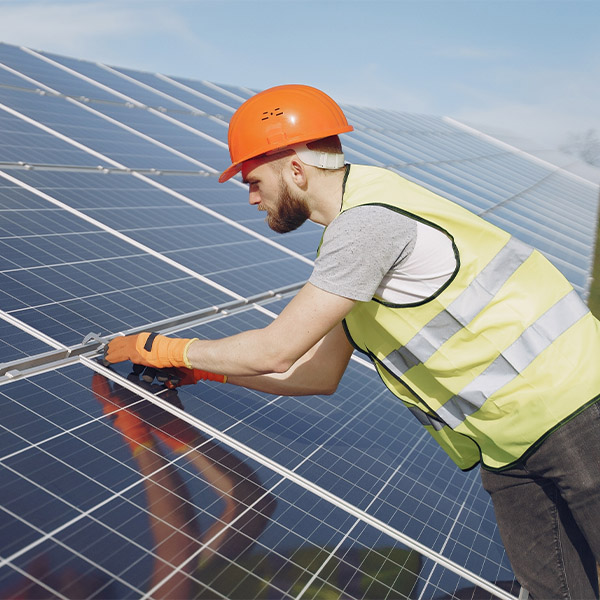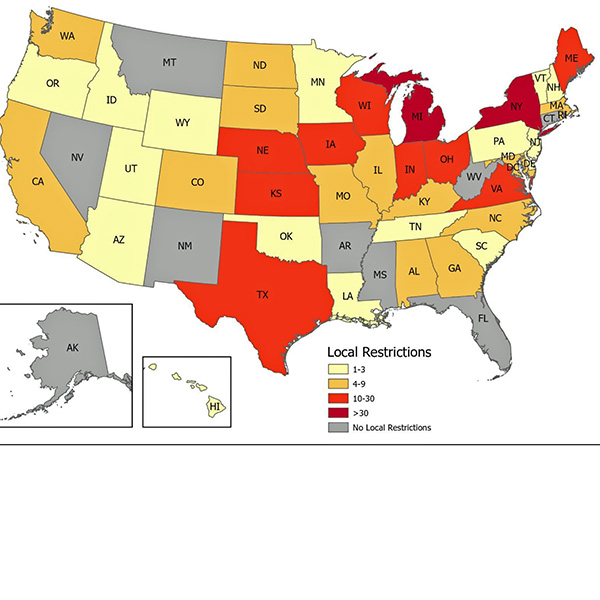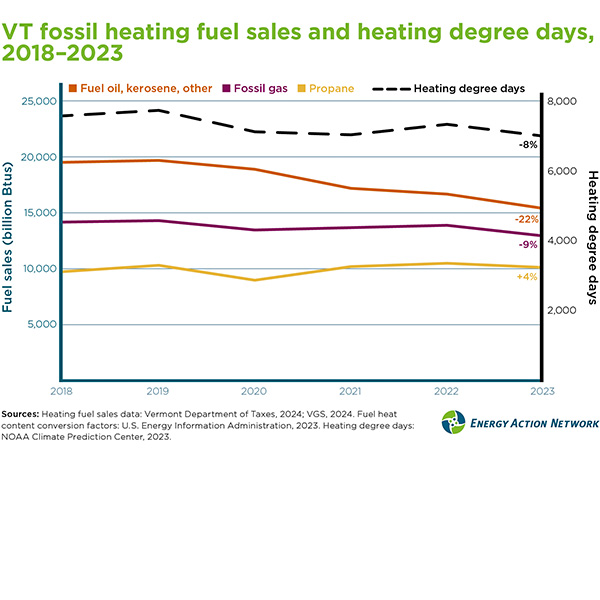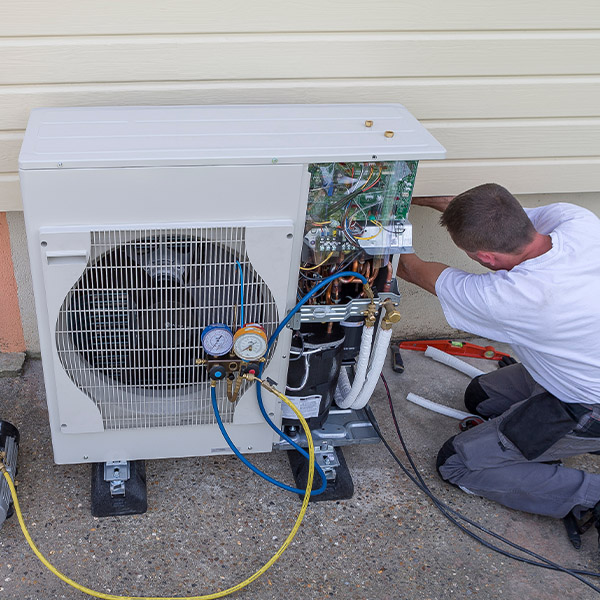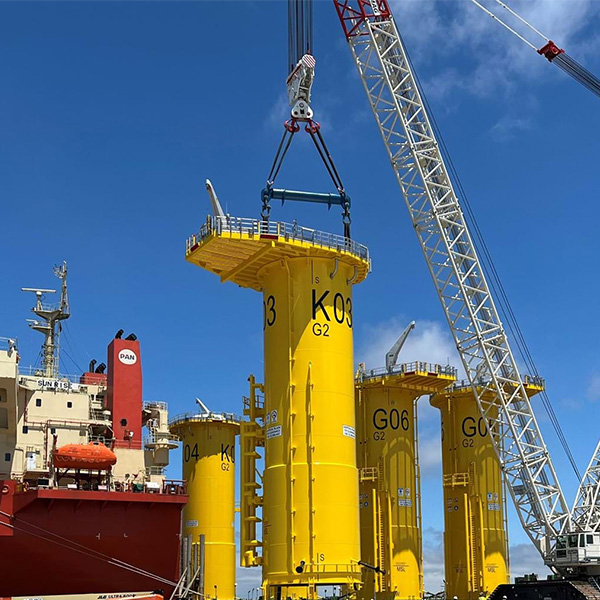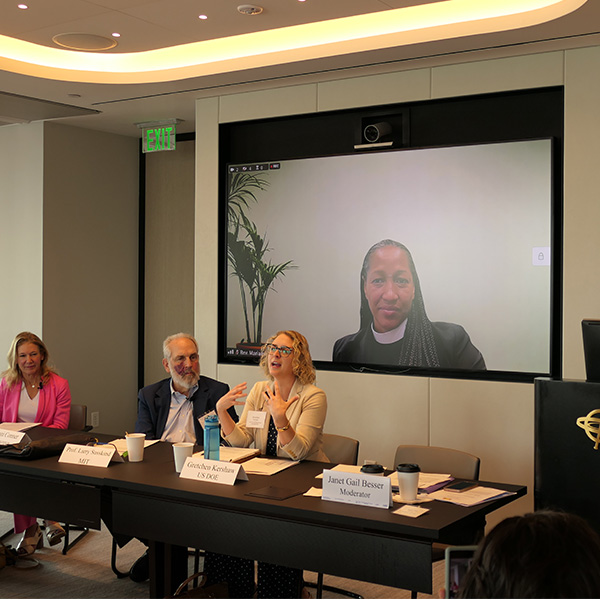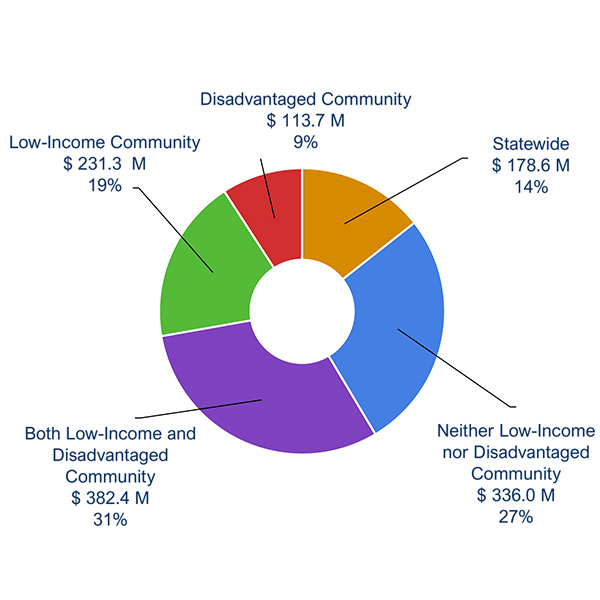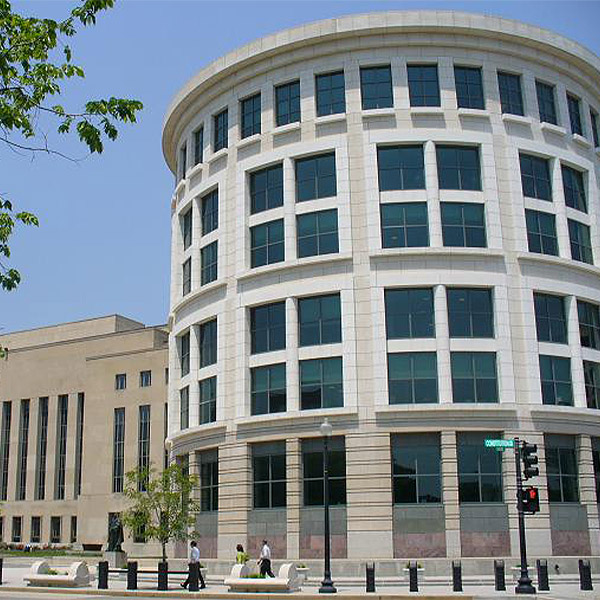NetZero Insider
Agriculture & Land UseBuilding DecarbonizationCookingEnergy EfficiencySpace HeatingWater HeatingCommentary & Special ReportsConference coverageCompany NewsEquity & EconomicsEmployment & Economic ImpactEnvironmental & Social JusticeFederal PolicyCongressDepartment of EnergyLoan Programs Office (LPO)Department of TransportationEnvironmental Protection AgencyFederal Energy Regulatory CommissionGeneral Services Administration (GSA)Interior DepartmentBureau of Land ManagementBureau of Ocean Energy ManagementNuclear Regulatory CommissionTreasury DepartmentWhite HouseGeneration & FuelsBioenergyFossil FuelsCoalNatural GasGeothermalHydrogenNuclearSMRRenewable PowerCommunity solarHydropowerOffshore Wind PowerOnshore Wind PowerSolar PowerRooftop solarUtility scale solarImpact & AdaptationIndustrial DecarbonizationState and Local PolicyAlabamaArizonaCaliforniaCA LegislationCalifornia Air Resources Board (CARB)California Energy Commission (CEC)California Public Utilities Commission (CPUC)ColoradoConnecticutDelawareDistrict of ColumbiaFloridaGeorgiaHawaiiIdahoIllinoisIndianaLouisianaMaineMarylandMassachusettsMichiganMississippiMissouriMontanaNevadaNew HampshireNew JerseyNew MexicoNew YorkNYSERDAPublic Service CommissionNorth CarolinaOhioOregonPennsylvaniaRhode IslandSouth CarolinaTennesseeTexasUtahVermontVirginiaWashingtonWest VirginiaWisconsinWyomingTechnologyCarbon CaptureTransmission & DistributionEnergy StorageMicrogridsTransportation DecarbonizationAirplane DecarbonizationEV chargersHeavy-duty vehiclesBattery Electric Buses (BEB)Fuel Cell Electric Buses (FCEB)Light-duty vehiclesBattery Electric VehiclesFuel Cell VehiclesPlug-in hybrid electric vehiclesShip electrificationClean Ports
New York has launched its eighth large-scale renewable energy solicitation, seeking proposals for land-based projects to help the state meet its emission-reduction goals.
Two new reports examine the profusion of local and state regulations affecting renewable energy development.
Vermonters are using less fossil fuel for heat in recent years, partly because winters have been trending warmer but also because more buildings are relying on electric heat pumps.
A bill that would require New Jersey utilities to offer building electrification incentive programs sparked more than two hours of heated debate.
A GWEC report indicates 75.2 GW of capacity had been installed worldwide by the end of 2023 and predicts 410 GW of additional capacity will be installed in the next 10 years.
After 23 years at Southern California Edison and eight as a consultant at ICF International, Gene Rodrigues was four months into retirement in 2022 when he got a call from the Department of Energy’s Office of Electricity.
Early and meaningful engagement with host communities will be an essential component of expediting energy permitting and siting processes, panelists said at a New England Electricity Restructuring Roundtable.
California must find ways to allocate more of its funding for ZEV infrastructure to disadvantaged communities, according to an advisory committee for the Energy Commission's Clean Transportation Program Investment Plan.
RWE will examine the deep-sea lease area where it plans to build the 1.6 GW Canopy Offshore Wind Farm.
The D.C. Circuit Court of Appeals has upheld FERC’s approval of a key NYISO capacity market price determinant that the state utility regulator says could raise costs by hundreds of millions of dollars per year.
Want more? Advanced Search
